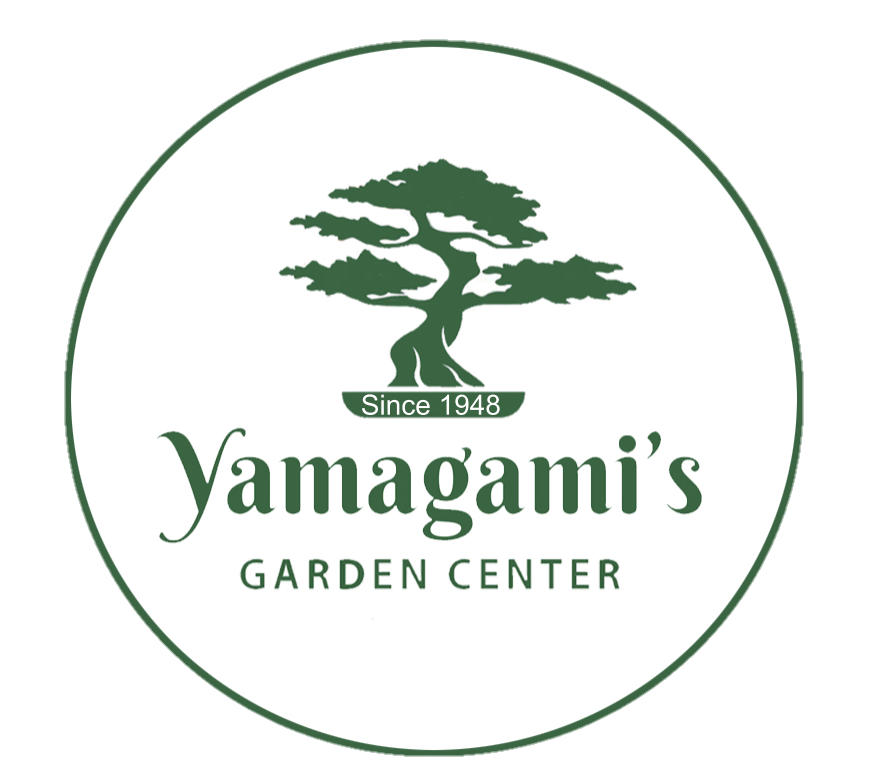Your Summer gardening Checklist
You’ve worked hard to get your plants in the soil and keep them alive. And now, all you want to do is lounge outside and dream up your next garden party.
Don’t kick your feet up just yet. There’s still work to be done!
But don’t sweat it. We’ve laid out a plan for you.
With this summer gardening checklist, you’ll know what to do to protect and maintain a flourishing garden throughout the gloriously warm months ahead.
Check Your Irrigation System
Regular inspection of your irrigation system will not only keep your plants lush and happy, but it will also keep money in your wallet.
If your garden runs on a lawn sprinkler system, do a complete walkthrough of your yard while checking for the following issues:
High or low water pressure
Slanted sprinkler heads
Broken, clogged, or missing sprinkler heads
Sunken sprinkler heads
Grass or vegetation that has grown above or over the sprinkler heads
You can also pinpoint leaks by checking the water meter. If there’s a leak, the leak indicator will spin.
If you have raised beds that run on an irrigation system, check for damaged tubes and leaks. You can easily repair damaged tubing by following these steps:
Cut on both sides of the damaged section
Replace the section by connecting the tubes with a coupling
Adjust Lawn Maintenance Timing and Settings
Avoid mowing your lawn during a heat wave. Not only will you suffer in the extreme heat, but your lawn can also get damaged.
On scorching hot days, your lawn is stressed. Mowing can cause further stress and inhibit its ability to recover. Save the mowing until after rainfall or after the lawn is watered.
When you mow, raise the lawn mowing height until it’s at 3 to 3.5 inches. Raising the mowing height reduces water loss from your soil while also providing greater insulation from the summer heat.
Keep Planting Those Veggies
Thanks to the longer growing season in our neck of the woods, there’s still time to plant more veggies. Here’s what you can plant right now:
Beans
Eggplant
Okra
Peas
Sweet potatoes
Mulch It Up
Mulch helps protect your plants by suppressing weeds and keeping moisture in the soil, which also means less water usage.
The best time to mulch is when the soil is warm, moist, and already weeded. Lay down a thick layer of 2 to 3 inches and spread evenly.
Feed Your Container Plants
The growing season is now, and your plants are hungry!
To avoid burning your plants’ roots with a solid form of fertilizer, use a liquid form. Dilute the liquid fertilizer by half and feed whenever your plants need water (this moisture meter can help).
*Pro Tip: Cacti and succulents prefer poor soil; no fertilizer needed.
Deadhead Your Flowers
Remove faded or dead flowers by pinching or cutting the flower stem immediately above the first set of full, healthy leaves. Regularly deadheading your plants will encourage new blooms by shooting energy into producing new growth.
Attract the Good Bugs to Combat the Bad Bugs
Right now, plant blooms are emerging full-force – and so are bugs.
Before you go spraying down your plants with insecticide and possibly bring more harm than good, consider this for a moment: Most insects are beneficial and harmless.
However, if it’s evident that insects are attacking your plants, there are plenty of plants you can bring in to attract beneficial insects (i.e. ladybugs, green lacewings, and praying mantids) and bring balance to your garden.
Most beneficial insects are attracted to these plants:
Alyssum
Yarrow
Lavender
Mint
Lemon Balm
Sage
Dill
Fennel
Harvest Your Herbs
Your herbs are serving up fierce growth, and it’s prime time to harvest them!
The optimum time to harvest your herbs is a few hours after watering because they won’t be stressed during this time.
For perennial herbs, such as mint, parsley, sage, and thyme, you can cut as much as half of the plant’s height.
For annual herbs, such as basil, you can harvest its leaves all throughout summer. Pesto, anyone?
*Pro Tip: Harvesting herbs regularly prevents them from going to seed.









